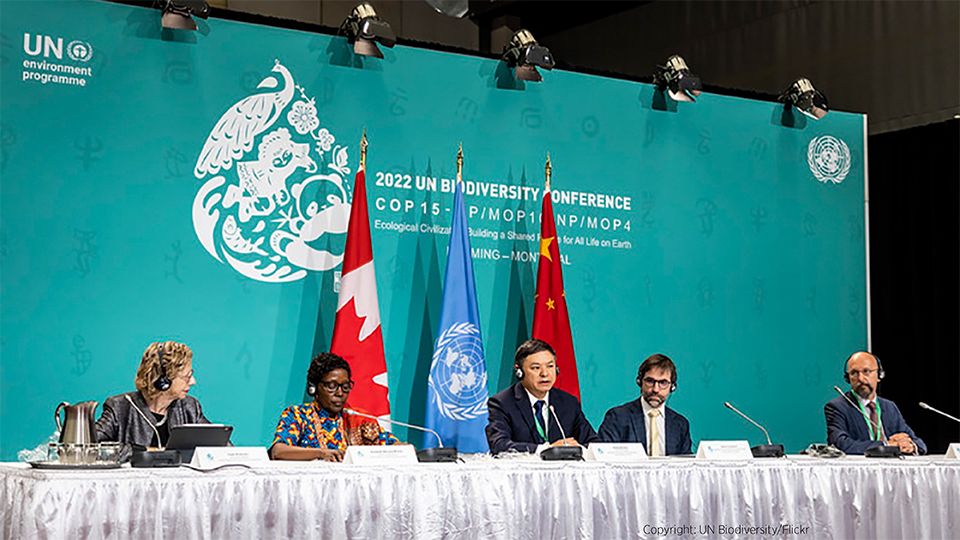As the United Nations Biodiversity Conference, COP15, opens in Montreal today, officials have urged negotiators to agree on an “ambitious and effective” post-2020 biodiversity framework and said they expect to have more to say on international finance soon.
At the opening press conference yesterday, Inger Andersen, under-secretary-general of the United Nations and executive director of the UN environment programme, said: “We need to see an ambitious and effective post-2020 global biodiversity framework with clear targets and benchmarks.
“A framework that phases down the five horsemen of the nature apocalypse, defined by changing land and sea use, over exploitation of species, climate change, pollution, and invasive non-native species that deal with the underlying drivers of biodiversity loss, including harmful subsidies, misdirected investments, and unsustainable consumption and production.”
The post-2020 framework is a “long-term vision for 2050”, Elizabeth Maruma Mrema, executive secretary of the secretariat of the convention on biological diversity explained.
She told the press conference the framework has four goals and currently 22 draft targets that “provide that pathway to enable the world first to halt and reverse biodiversity loss by 2030.”
Mrema said the framework was necessary because the 28 targets from the Convention of Biological Diversity’s 10-year plan have not been met and urged progress on the framework, which she said would have to involve compromise.
“I don’t feel the delegates went as far as expected, but progress has been made,” she said.
In March this year agreements on the framework were reached in Geneva towards a solution for the fair and equitable sharing of benefits from digital sequence information on the use of genetic resources, as well as intersessional work agreed to address resource mobilisation and monitoring framework.
See also: – Global biodiversity framework strengthened after Geneva talks
“As we move to the second part of the conference they need to focus on the end goal: an ambitious, realistic, achievable, actionable global biodiversity framework that is easy to communicate, rooted in science, and strong enough to put us really on a path to half and reverse the loss of biodiversity,” Mrema added at the COP15 opening.
“We need compromise on all targets to avoid the pick and choose. The current draft still has a lot of brackets. We need negotiators to discuss and agree to remove those brackets.”
COP15 president Huang Runqiu said all parties at the conference had demonstrated a “strong will” to take the framework to the next level.
Role of finance
Mrema added the global economy is at risk from the loss of biodiversity, and an aim of the conference is to close the biodiversity finance gap by 2030, which is currently estimated at around $700bn per year.
“We need them to align trillions of dollars in global spending with goals for biodiversity and ensure that biodiversity is mainstreamed and considered in economic decisions,” she said.
Steven Guilbeault, Canadian minister of environment and climate change, also highlighted the importance of financing nature solutions.
“We recognised our privilege in our responsibility as a country. That is why we’ve committed 20% of our $5.3bn for international climate finance to support nature-based solutions abroad,” he said.
“We expect to have more to say on international finance as well as indigenous-led conservation very soon.”
Guilbeault outlined three steps for success at the conference this year.
“First let’s commit to halting and reversing the loss of nature,” he said.
“Second, we’re seeking a global commitment to conserve at least 30% of the world’s lands and oceans by 2030, which scientific research shows is the minimum necessary to address the biodiversity and climate crises.
“Third, we need to mobilise resources to achieve this from governments, private sector, philanthropy and multilateral institutions.”








